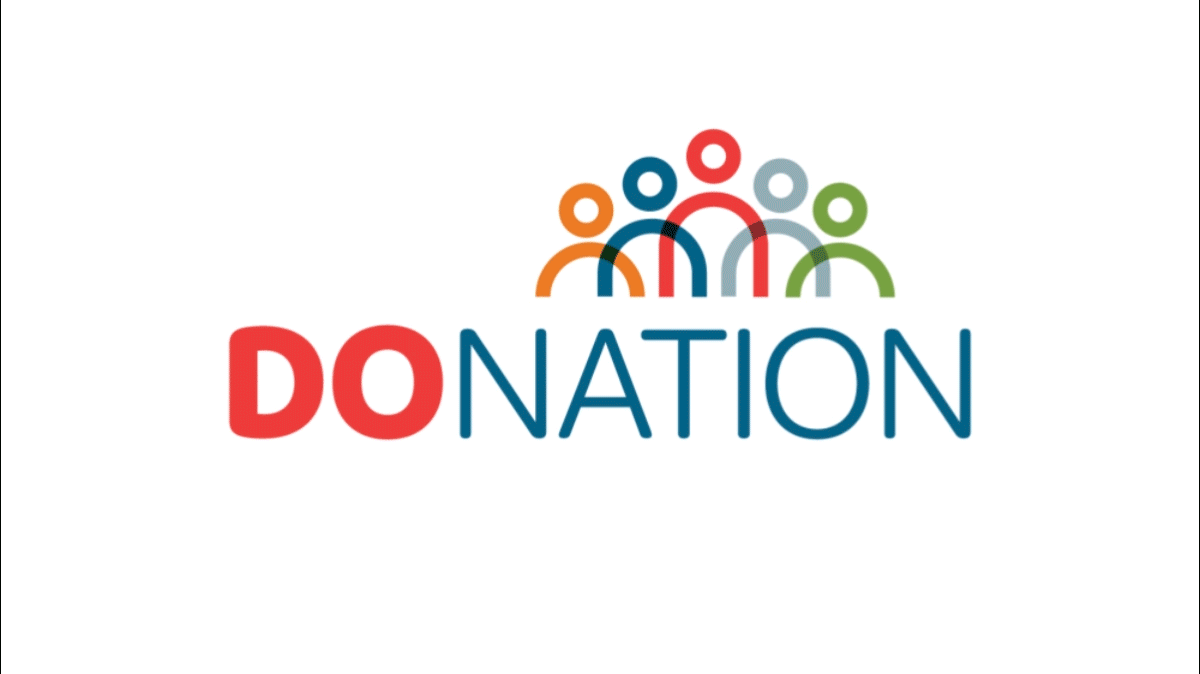High employee turnover can be affected by a myriad of factors. You know this, but no matter the company, the most beneficial place to start with retention efforts resides at the top: improving management effectiveness.
You can find the best talent, put all your effort into hiring, and develop a top-notch onboarding program until you’re blue in the face. However, if managers aren’t effective in their roles, and if new employees don’t have good relationships with their supervisors, all that effort spent getting them to the company will be wasted.
So where to even start?
Communicate More Clearly
When it comes to managers’ effectiveness, the same rule that applies to any other relationship applies here: communicate, communicate, communicate. When in doubt, be open and honest.
One of the touchstones of this generation’s workforce is its desire for transparency and clear expectations. They want to know how their managers feel about their work, what their supervisors expect, and what the future at their companies looks like.
So many managers, especially those who have been on the job for years, or decades, operate their businesses with the assumption that all employees are aware of the “unwritten rules” the company has. Don’t take your shoes off at your desk. Hats are discouraged (even though it doesn’t say so in the official dress code document). Some of these concepts may seem obvious to you, but your version of “common sense” might be completely different from some of your employees’ experiences and expectations.
Here’s the thing, managers can’t expect employees to read their minds. It’s important to communicate unwritten policies and expectations from the beginning of someone’s time at the company and to continue clearly communicating expectations along the way. The more (and the earlier) you communicate, the fewer misunderstandings will pop up later on down the road.
Develop Your Staff
Once the groundwork of expectations is in place, managers should focus on developing their people. This generation’s workforce wants to move up the ladder. If a company can’t provide opportunities for pay increases or official promotions, they can develop employees’ skillsets and still advance their careers in other ways. Committing funds to training and development budgets is crucial to retaining today’s new workforce.
On top of that, managers can rely on a few more simple concepts to improve their effectiveness and their relationships with their employees: appreciation and an ability to listen.
Recognize & Appreciate Your Team
Today’s new workforce wants their hard work appreciated and a quick “thank you” from their managers goes a long, long way. Undoubtedly, there are employees who don’t show up for work on time, or don’t put in their best effort while working, and that should make it even easier for managers to discover their appreciation for the employees who are dependable and meet their expectations. Showing verbal appreciation for a job well done is the natural next step.
Listen
One final suggestion, managers these days need to find more ways to listen to their employees. Many believe they’re already good at listening; however, when asked, it’s hard for them to articulate how they’re actively and regularly soliciting feedback from their staff. Simply saying there’s an open-door policy isn’t enough; managers should actively seek feedback, especially from employees who are less likely to march up to their “open door.”
Checking in with staff saying, “everything good?” as you pass by them does not count as listening. When you check in with staff, which you should make time to do regularly, be sure it’s genuine and that you express your authentic concern for their thoughts. This includes allowing time for them to answer your questions face-to-face.
Managers making an effort on all these fronts, whether it’s communicating and listening more, or saying “thank you” more often, can have a huge impact on retention efforts. Today’s new workforce is less likely to job hop if they have a positive relationship with their managers and supervisors. Now you know where your improved retention efforts need to start.
The reasons behind employee turnover can be complicated – and hard to pin down. This is part 1 of a 6-part series delving into retention strategies and tips that make it easier to keep your employees. This series was derived and modified from the M.A.G.N.E.T. strategies outlined in Cara Silletto and Leah Brown‘s recent book “Staying Power: Why Your Employees Leave and How to Keep Them Longer.” By Cara Silletto, MBA, and Leah Brown – Crescendo Strategies




